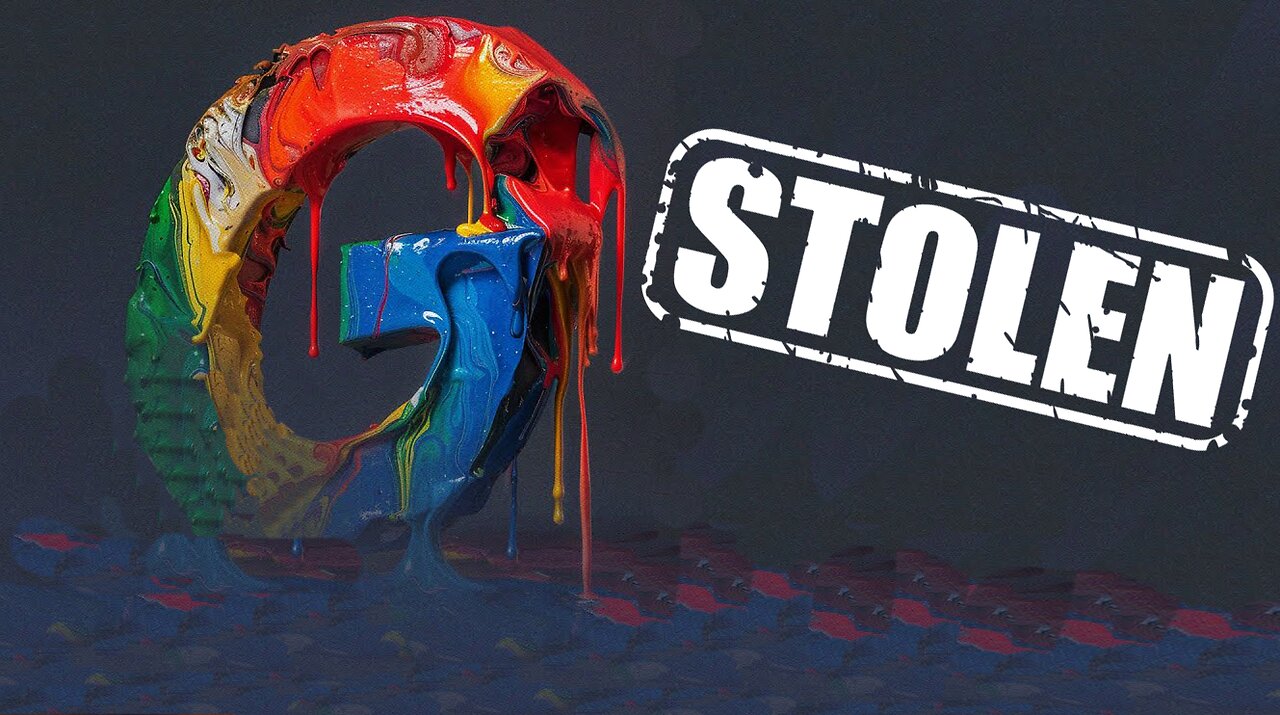Premium Only Content

How Google Plagiarized A Start Up Then Made It Disappear FOREVER
Google copied it's business model from a small search engine then made it disappear from history.
The evolution of Google from a struggling startup to the world's leading search engine by adopting a key idea from its early rival, Go Two dot com. Initially founded in 1998 by Larry Page and Sergey Brin, Google's groundbreaking Page Rank algorithm differentiated it from competitors like AltaVista and Inktomi. Despite securing venture capital, Google faced financial challenges and explored advertising models to generate revenue.
Enter Go Two dot com, founded by Bill Gross, which introduced a novel appqroach to combat spam in search results—paid search. Unlike Google's algorithmic solution, Go Two allowed websites to pay for top placement, creating an efficient and accountable advertising model. While Google initially resisted such methods, financial pressure prompted a closer look at
Go Two's success.
Go Two's approach thrived, securing a deal with AOL in 2000, but its reliance on backend search deals for other companies hindered its potential as a standalone search engine. Meanwhile, Google rejected a partnership with Go Two, opting to develop its own pay-per-click, auction-based search advertising system called AdWords.
As Google's AdWords and AdSense propelled its revenues, Go Two, later rebranded as Overture, struggled and was eventually sold to Yahoo in 2003. Google's success continued, with a market cap of $1.536 trillion.
Despite similarities in the advertising model, the script emphasizes that Google did not steal Go Two's idea. Bill Gross, the mind behind Go Two's paid-search model, did not patent the concept, allowing Google to freely adopt it. Gross, reflecting on the situation, expressed pride in his contribution but acknowledged Google's superior idea of organizing the world's information.
In essence, the script unfolds the contrasting fates of Google and Go Two, showcasing the pivotal role of innovative advertising models in shaping the trajectory of these internet giants.
-
 3:03:27
3:03:27
vivafrei
20 hours agoEp. 242: Barnes is BACK AGAIN! Trump, Fani, J6, RFK, Chip Roy, USS Liberty AND MORE! Viva & Barnes
161K191 -
 8:09:50
8:09:50
Dr Disrespect
18 hours ago🔴LIVE - DR DISRESPECT - MARVEL RIVALS - GOLD VANGUARD
202K33 -
 1:15:00
1:15:00
Awaken With JP
17 hours agoMerry Christmas NOT Happy Holidays! Special - LIES Ep 71
228K190 -
 1:42:21
1:42:21
The Quartering
18 hours agoTrump To INVADE Mexico, Take Back Panama Canal Too! NYC Human Torch & Matt Gaetz Report Drops!
172K110 -
 2:23:15
2:23:15
Nerdrotic
18 hours ago $14.19 earnedA Very Merry Christmas | FNT Square Up - Nerdrotic Nooner 453
129K13 -
 1:14:05
1:14:05
Tucker Carlson
17 hours ago“I’ll Win With or Without You,” Teamsters Union President Reveals Kamala Harris’s Famous Last Words
228K379 -
 1:58:31
1:58:31
The Dilley Show
17 hours ago $36.58 earnedTrump Conquering Western Hemisphere? w/Author Brenden Dilley 12/23/2024
170K50 -
 1:09:59
1:09:59
Geeks + Gamers
18 hours agoSonic 3 DESTROYS Mufasa And Disney, Naughty Dog Actress SLAMS Gamers Over Intergalactic
115K21 -
 51:59
51:59
The Dan Bongino Show
19 hours agoDemocrat Donor Admits The Scary Truth (Ep. 2393) - 12/23/2024
937K3.13K -
 2:32:15
2:32:15
Matt Kohrs
1 day agoRumble CEO Chris Pavlovski Talks $775M Tether Partnership || The MK Show
144K36